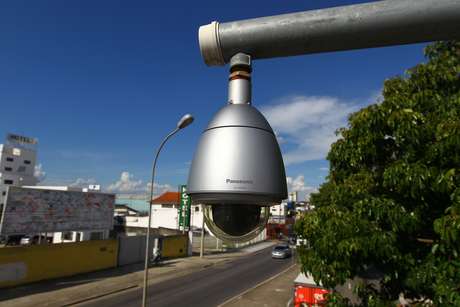Since the technology was inserted in sports much has changed. Without it, major sporting results would not be possible, in addition to the detailed evaluation of athletes.
At the Olympics, technology contribution began in the evaluation of athletes and in their daily monitoring by through applications, which assist in performance improvement. “A number of other technologies such as mobile equipment, technological costumes for sports, athletic shoes are also available and are part of the technological advancement in the Olympics,” says Paulo Sevciuc, professor of graduate studies in Educational Complex Physical Education FMU.
Another application that is becoming reality is the use of electronic games such as Wii and Xbox Kinect. Besides helping to popularize sports and lesser known ways, they have helped athletes in the simulation of sports practices. “We have used simulators that can be adapted to high and setting the athletes competing locations in a virtual manner by means of projections similar to these environments” exemplifies the teacher.
The technological advancement in the Olympics is mainly in arbitration and evolution of training methods and controls. Among the improvements are the timing in swimming or athletics, where the clock is automatically activated by the start device, and the end time is recorded and timed by an analysis of a photo finish, facilitating the investigation of the outcome of the race and hit record ; the “fotocharge” known as “insists strip” in volleyball, allows dubious moves that take place at high speed as, for example, revised; and the hawk-eye, English eagle eye, makes it possible to follow through high-precision video cameras, the trajectory of the ball across the area. In case of bad throws, the final image, 3D, can be displayed to the public.
In the case of judo, for example, there have been cases where technical committees use images and collected statistics on the competition, immediately, provide subsidies for athletes on characteristics of next opponents in the championship. “Already in karate and fencing, there are immediate identification systems blows correctly,” explains Robson Schiavo, professor of graduate studies in Educational Complex Physical Education FMU.
What’s in 2016
For the Olympics in Rio de Janeiro, Panasonic sponsor announced in 2014 solutions in video, audio and security equipment to equip the Olympic Village and the sports arenas during the event.
Among the technological company news is a system of security cameras that have facial recognition, in which the cameras are able to do searches from a pre-recorded photo. You can still recognize, through the capture, the number of people, sex and their age, and other attributes of trade and marketing.
Also new is a system that can detect the user and even the ticket in his pocket in order to bring the latest information on related events that it will attend. For example, who bought an entry for a tennis match, when passing near these TVs equipped with interactive signaling system, you can see all the data related to the competition.
In the sporting arena, Professor Robson Schiavo, believes that one of the innovations of the year will be the use of a tool called “genetic passport” that will make a genetic investigation of the athlete, It is possible to identify any abnormal change through prohibited methods in an attempt to improve performance (Doping). “The Olympics have always been a big barn demonstration of innovation due to global interest to demonstrate their supremacy through sports,” said the professor.

No comments:
Post a Comment